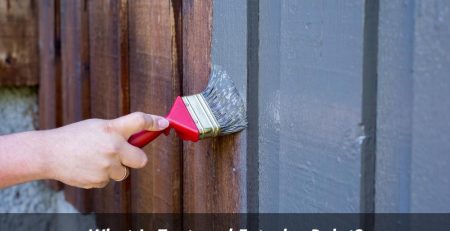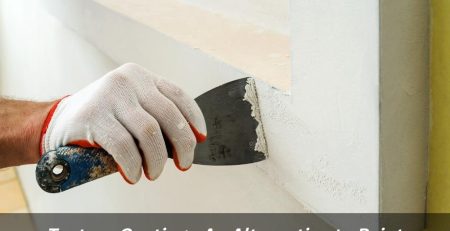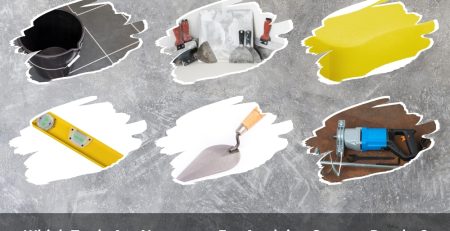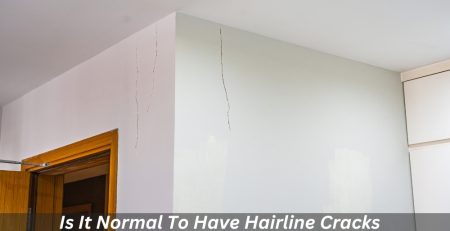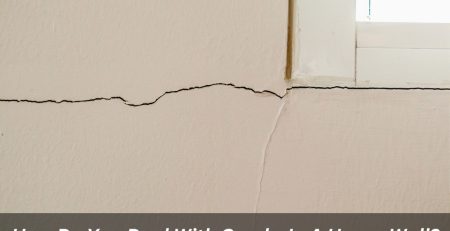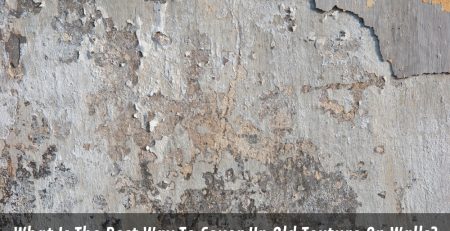Cracks on the Wall and What to Do With Them
Cracks on the Wall and What to Do With Them
So you’ve moved all your furniture back into place after a long weekend of painting. The house looks clean and new and you smile at the awesome job well done. But then you take a closer look and you find a crack in the paint, and then another, and even more! Having wall cracks appear on your wall may just be a cosmetic problem, or it could indicate a more serious, structural issue.
Homes that still have plaster walls in prime condition are often valued by homeowners and home buyers alike. Not only are they beautiful and solid but they are especially good at soundproofing rooms. But plaster walls respond to inevitable foundation shifts and climatic changes and can begin to wall crack. Everyday life, with its bumps and bangs, takes its toll on plaster walls. And certain key areas, such as above and beside doorways and windows, are classic areas of cracking.
Nearly all homes with plaster walls will eventually develop window and wall cracks. Though they may look scary, your cracked plaster walls are not beyond repair. You do not even need a special plaster wall crack repair. One way to quickly fix cracked plaster walls is with basic drywall tools and materials that you can easily and inexpensively obtain at a home improvement store.
If you buy it pre-made, look for an all-purpose compound that can be used for all coats. If you make your own, use setting-type compound powder and follow the instructions provided on the container. All of these compounds can be found at a hardware store. The setting-type compound powder is more difficult to sand and prepares properly so it is not the best option for beginners.
Understanding how plaster walls are constructed will help you fix your cracked plaster wall. The process is different for plaster than for drywall. If you have ever repaired drywall, you may know that it is often easier to replace entire portions with new pieces of drywall—it’s possible to remove just the section that needs fixing and a few inches beyond, without the entire wall collapsing. Because drywall is one layer with no backing, once you cut through drywall, there is nothing behind it except for studs and insulation.
Plaster walls, by contrast, are constructed of two layers: the outer plaster and the inner wooden or metal lath. With plaster, your best bet is to preserve the existing plaster and fix it, rather than tearing it out. Ripping out chunks of plaster often becomes a seemingly endless process, with one chunk leading to another chunk. Successful wall crack repair means taking it slow and being patient enough to add multiple layers of joint compound to the wall.
Cracks appear in a wall for a number of reasons. They can occur as a new house ‘settles’ or when the construction materials expand and contract over time with environmental changes. They can also be caused when the foundations of the house move. It is important to establish the root cause and then to take professional advice before making a judgement as to what action to take. Some minor wall cracking occurs naturally and there is no need for concern or action although it is always worth monitoring them closely for any change. There are other wall cracks that will need some form of repair work and others that will need more immediate and drastic attention.
Cracks appear in walls for a number of reasons, including water damage. Leaks behind the wall, such as hidden toilet leaks, can cause cracks to develop and worsen over time. If you suspect a leak, it’s crucial to identify the source promptly to prevent further moisture build-up and structural damage. Undetected leaks can significantly worsen existing cracks. Fortunately, there are innovative methods available to pinpoint hidden leaks before they cause major problems.
Additionally, they can also be caused when the foundations of the house move. It is important to establish the root cause and then to take professional advice before making a judgement as to what action to take. Some minor wall cracking occurs naturally and there is no need for concern or action although it is always worth monitoring them closely for any change. There are other wall cracks that will need some form of repair work and others that will need more immediate and drastic attention.



